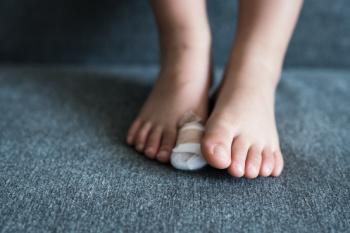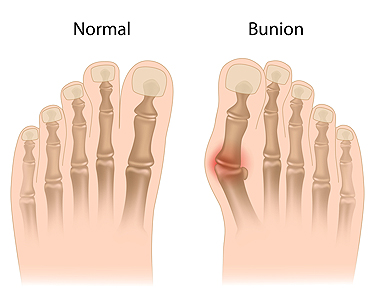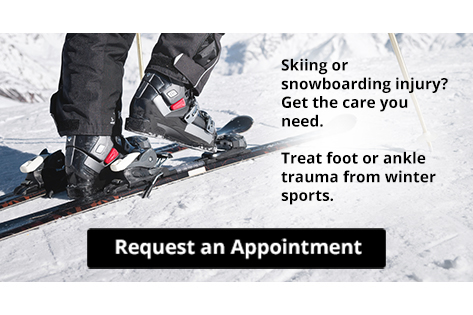
Foot protection is an often overlooked but critical aspect of workplace safety across various industries. Regardless of the job type, from construction sites to office environments, feet are susceptible to many hazards that can lead to injuries and discomfort. In industrial settings, heavy machinery, falling objects, and sharp materials pose significant risks to foot safety. Properly fitted and durable safety footwear can mitigate these dangers by providing impact resistance and shielding against punctures and crush injuries. Even in office settings, where the risks may seem minimal, slips, trips, and falls can result in painful foot injuries. Wearing comfortable and supportive footwear can help prevent these accidents and promote overall well-being during long hours of standing or walking. Employers play a pivotal role in ensuring that appropriate foot protection measures are in place, including providing employees with access to quality safety footwear and enforcing safety protocols. If you are seeking additional information about what type of foot protection to wear for your profession, it is suggested that you consult a podiatrist.
While working on the feet, it is important to take the proper care of them. For more information about working on your feet, contact Cary Golub, DPM from New York. Our doctor will treat your foot and ankle needs.
Working on Your Feet
Standing on your feet for long periods of time can cause stress and pain in your feet. Your whole body may experience change in terms of posture, back pain, bunions, callouses and or plantar warts. There are ways to avoid these conditions with proper foot care, smart choices and correct posture.
Positive Changes
Negative heeled shoe – Choosing this shoe type places the heel slightly lower than the ball of the foot. These are great for overall foot health. Find shoes that fit you correctly.
Go barefoot – Our feet were not designed to be enclosed for all hours of the day. Try to periodically expose your feet to air.
Eliminate Pain
Foot Exercises – Performing simple exercises, incorporating yoga and doing stretches are beneficial. This will allow increased blood flow to the area and muscles of the foot.
Achilles tendon – Stretching the foot out flat on the floor will relax the calf muscles and tendon. These exercises can be performed almost anywhere. Make sure you add these exercises to your daily regimen.
With a little bit of this information and knowing more about foot health, you will notice changes. Foot stretches and proper footwear will help with pain and prevent further issues.
If you have any questions please feel free to contact our offices located in Williston Park, and Long Beach, NY . We offer the newest diagnostic and treatment technologies for all your foot and ankle needs.








